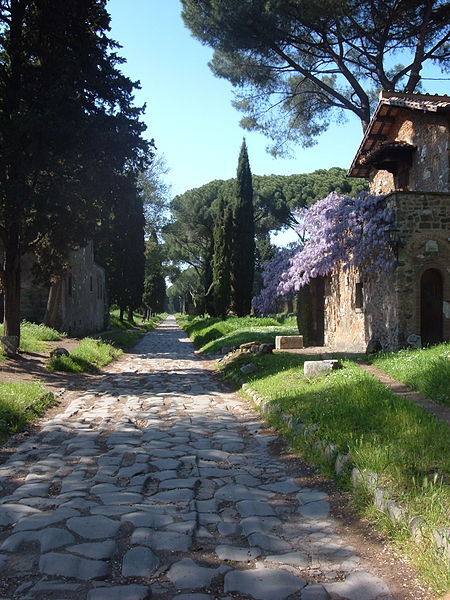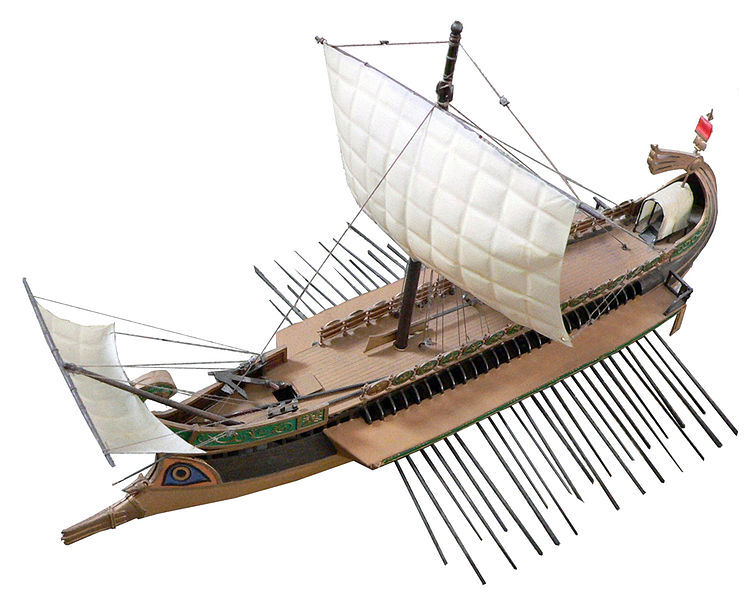The concepts covered in this factsheet go beyond those seen in secondary school. It is intended as a supplement for those who are curious to find out more.
Roman society is renowned for its longevity and for the diversity of its culture. The following fact sheet looks at the political institutions that kept the Empire going for so long and the infrastructure that defined it.
For a definition of Roman society and its social groups, see the sheet Roman Society.

Note: English image coming soon
The Senate is one of the oldest political institutions in ancient Rome. However, its composition and power have evolved over time. In the Roman Empire, the Senate was less powerful because it was dominated by the emperor.
It was made up of 600 senators chosen by the emperor. Senators held positions relating to the administration of both Italy and the provinces (territories conquered outside Italy). Senators act as advisors to the emperor and approve his decisions. They also managed the public treasury and confirmed the emperor's succession.
Under the Republic, a Roman magistrate was a person elected by the people of Rome. Magistrates were therefore representatives of the people. In the Empire, they were appointed rather than elected.
Magistrates were state administrators chosen by the emperor, who then submitted their names to the senate for approval. These magistrates were responsible for finance (quaestor), justice (praetor), the army (consul) and the capital of the Empire, Rome (censor). These magistrates lost a great deal of power during the Empire, with the emperor holding the vast majority of power.
These are the ministries that group together the Empire's civil servants, who carry out administrative tasks to ensure the smooth running of the State.
The comices were assemblies of the people whose remit was to propose nominations for the various magistracies. The emperor then confirmed the choices made by the comices. The council provided the emperor with political and legal advice. It was mainly made up of friends and family members of the emperor.
Roman roads linked all the territories of the Empire, from Brittany to Africa. The network comprised almost 60,000 kilometres of roads, some of which are still in use today. The road network had several advantages: it made it possible to move around the Empire much more quickly. This made it easier for the Roman army and state officials to reach their destinations.
It is also now easier to exchange information across the different provinces and Rome. What's more, the roads helped to develop trade. Rome, the capital of the Empire, brought in goods from the four corners of the Empire.
The sea routes complemented the land routes and together formed a complete network for rapid travel, making the management of the Empire, trade and the army more efficient. The port of Ostia, long the most important in the Empire, was located on the Tiber. Hundreds of thousands of tonnes of various goods passed through here every year.
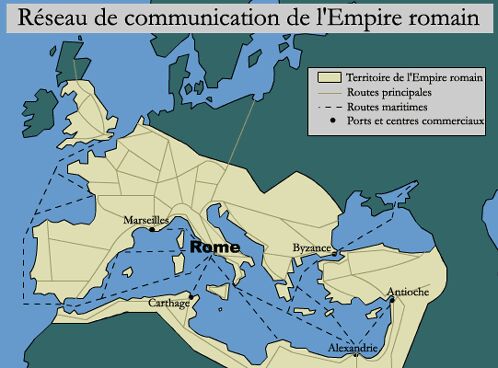
Note: English image coming soon
The Romans were very ingenious and skilful at supplying drinking water to their cities, even if they were located far from springs. Rome was supplied with drinking water by aqueducts.
The Romans had also built an efficient sewage system in large cities, which enabled them to evacuate waste water. This system was mainly reserved for public buildings and homes belonging to the better-off.
The army of the Roman Empire had one important characteristic: it was permanent. The soldiers were professionals paid by the state. Over time, the army incorporated certain weapons and techniques from other peoples it had faced. It was a disciplined and efficient army that enabled the Empire to expand and conquer many territories. It numbered more than 300,000 soldiers known as legionaries.
The Roman army was organised as follows
- 30 legions, each comprising 10 cohorts;
- each cohort comprised 3 maniples;
- each maniple comprised 2 centuries;
- each centurie comprised 100 legionaries.
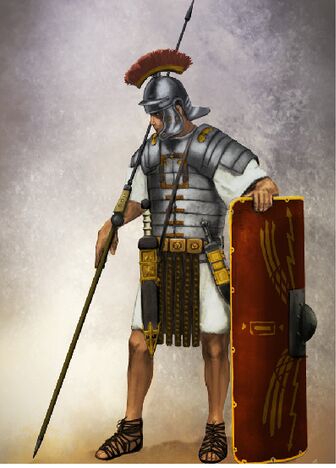
To conquer new territories, the Romans had to lay siege to cities. To do this, they used a number of weapons and siege techniques.
To lay siege to a town means to surround it with an army and force it to surrender in order to take possession of it.
The weapons used included :
- the catapult, which launches projectiles to demolish fortifications and buildings;
- the battering ram, used to break down doors;
- the ballista, a large crossbow used to launch projectiles;
- the siege tower, which allowed legionnaires to enter the city by climbing over the walls.
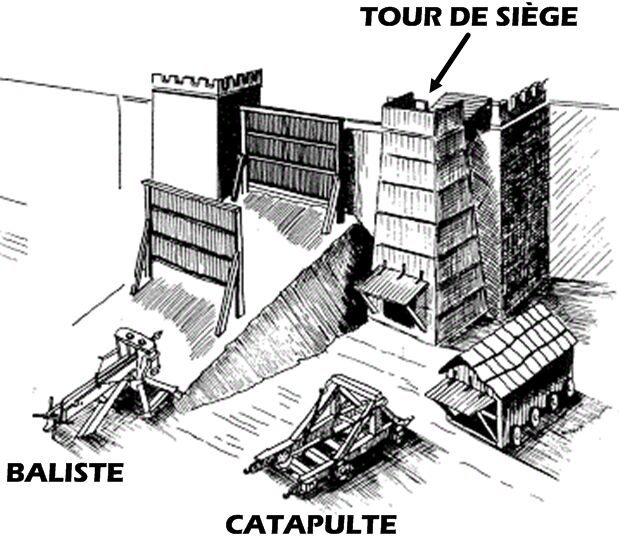
Note: English image coming soon
Although the main strength of the imperial army was land combat, the Roman Empire had a navy with ships all around the Mediterranean. The role of this navy was to fight pirates, protect merchant ships and, of course, to fight in conflicts between Rome and other nations.
